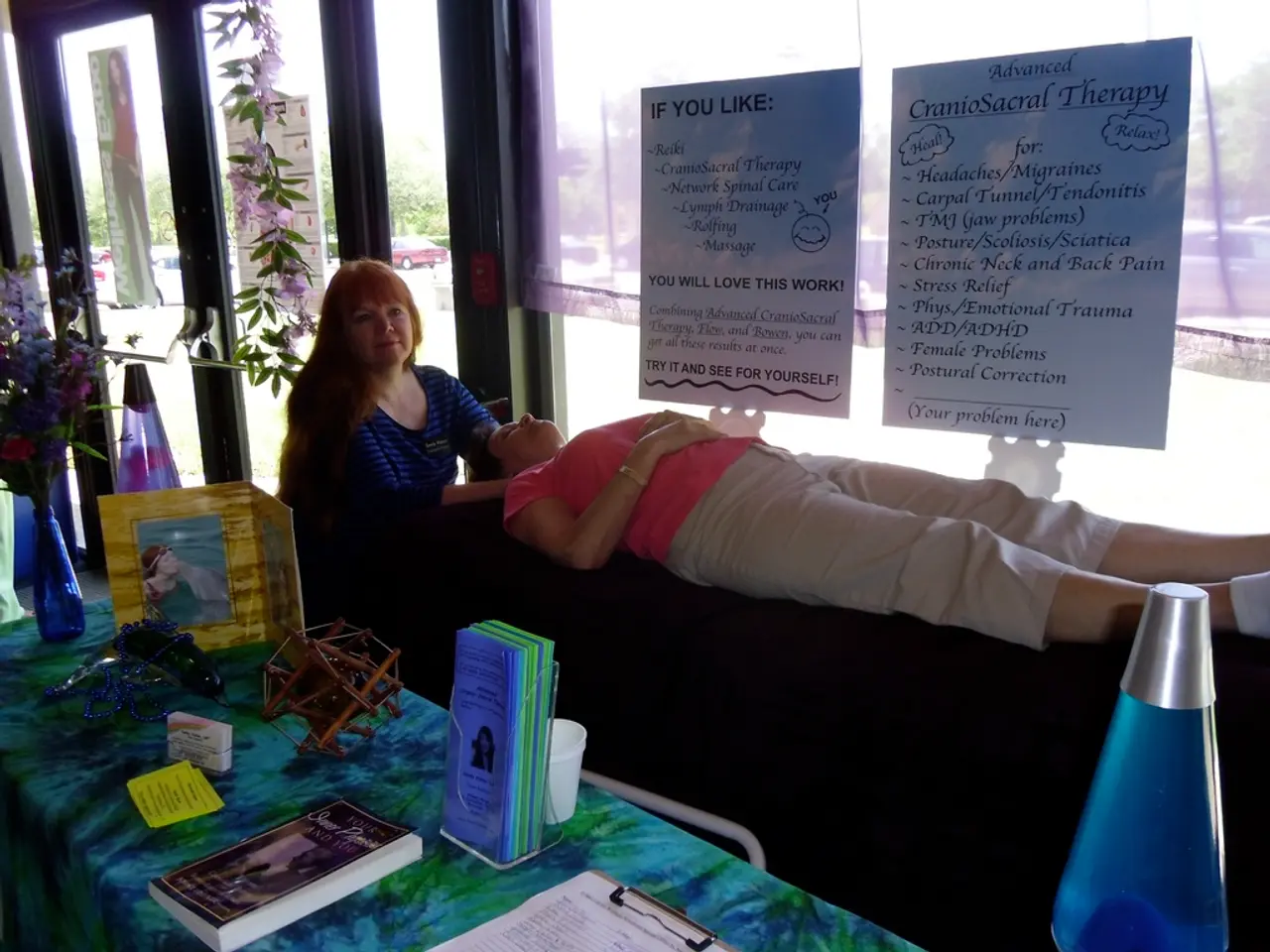Treatment Methods for Attention Deficit Hyperactivity Disorder (ADHD): Strategies and Choices
Cognitive Behavioral Therapy (CBT) is proving to be a valuable tool in managing symptoms of Attention Deficit Hyperactivity Disorder (ADHD) in both adolescents and adults.
Researchers have found that CBT therapy, when added to medication therapy, can bring additional benefits to adolescents who still experience ADHD symptoms while taking medication. Similarly, a 2018 study with college students showed that CBT therapy resulted in reduced ADHD symptoms, improved executive functioning, and declines in depression and anxiety symptoms. These benefits persisted for 5 to 7 months after the therapy sessions ended.
CBT is based on the idea that thoughts affect emotions, which can, in turn, impact behavior. By helping individuals identify negative thought and behavior patterns, CBT enables them to change these patterns into positive ones. For instance, instead of thinking "I'm not good at that kind of thing," an individual might learn to reframe this thought into a more positive and proactive alternative, such as "I may need to learn or practice more, but I can still succeed."
One technique within CBT that can help individuals manage distractions and become more aware of their impact on productivity is called Distractibility Delay. This method involves writing down distractions rather than attending to them, and even using a timer to see how long one can sustain focus before the mind wanders.
Other CBT techniques that can help individuals make positive changes in their lives include Successive Approximation, where individuals work their way up to a difficult task by taking smaller and easier steps, and Exposure Therapy, which helps manage different types of anxiety by facing one's fears enough to eventually make them easier to manage.
Interoceptive Exposure is another technique that helps individuals become less affected by physical sensations of anxiety by repeated exposure. Cognitive Restructuring allows individuals to challenge negative self-talk and reframe it into more constructive and positive thoughts.
If you're interested in trying CBT, it's recommended to consult a healthcare professional for a referral to a qualified mental health professional. A mental health professional can help individuals decide which CBT techniques to try and where to start.
In recent years, CBT has increasingly been integrated into multimodal long-term treatment approaches for ADHD, often combined with parent training and medication when necessary. The focus is on symptom management and prevention of complications.
Moreover, recent research also explores personalized neurotechnologies like AI-assisted neurostimulation to improve attention and self-regulation, complementing traditional behavioral therapies.
Lastly, Guided Discovery is a CBT technique where a therapist helps individuals broaden their thinking by challenging their beliefs. This approach can lead to a more comprehensive understanding of oneself and one's thoughts, further aiding in the process of positive change.
For those seeking mental health support, Psych Central's hub offers a wealth of resources. Whether you're looking for more information on ADHD, CBT, or other mental health topics, it's a valuable resource to check out.
Read also:
- Peptide YY (PYY): Exploring its Role in Appetite Suppression, Intestinal Health, and Cognitive Links
- Toddler Health: Rotavirus Signs, Origins, and Potential Complications
- Digestive issues and heart discomfort: Root causes and associated health conditions
- House Infernos: Deadly Hazards Surpassing the Flames








